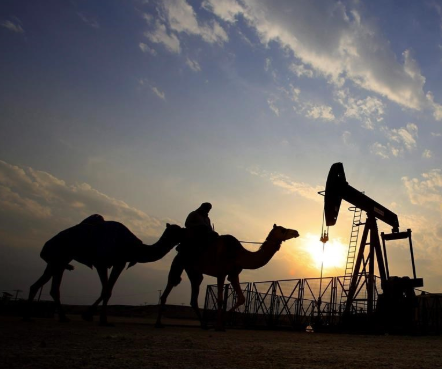Saudi Aramco, Saudi Arabia’s state-controlled oil company, held a record-breaking initial public offering earlier in December, becoming the world’s most valuable listed company, ahead of Apple of the U.S.
The listing on the Riyadh stock market on Dec. 11 gave Aramco a market value of $1.877 trillion. The $25.6 billion raised was also a record, breaking the previous mark set in 2014 by China’s e-commerce leader, Alibaba Group Holding.
The IPO has set off speculation about how the stock flotation will affect other state-owned oil producers, especially in Asia.
According to the International Monetary Fund’s latest forecast, Saudi Arabia will incur a fiscal deficit of 178.5 billion riyals ($47.57 billion) in 2019, staying in the red for the sixth consecutive year. The economy of the kingdom is greatly affected by the price of crude oil, which generates 70% of government revenue. As the world moves toward alternative forms of energy to combat climate change, the risks of relying heavily on oil will grow.
In 2016, Saudi Arabia adopted the Vision 2030 plan aimed at reducing its dependence on oil and creating a sustainable growth model. The listing of Aramco is key to the shift. (more…)



